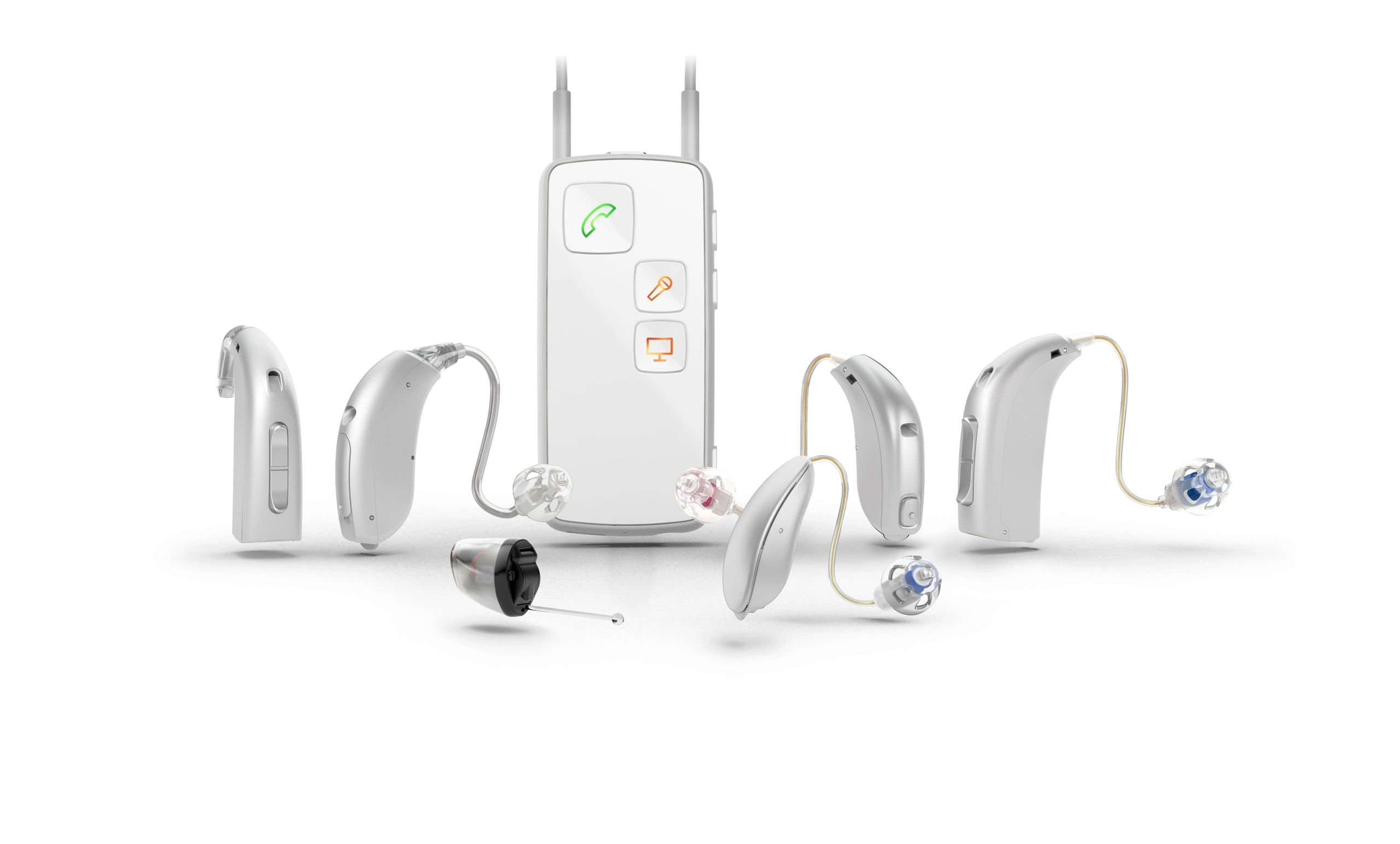

If you play something with a good bass for a while, it can reduce your bass sensitivity and so you're more sensitive to the higher frequencies. Horowitz: Because all that can cause a temporary threshold shift. Was it something bass-driven? Were you listening to something loud? But it's also a matter of what you were watching on television.

That's just an issue you have with sound. But these are enough to show you that messing with our ears is easier than you think.Horowitz: First of all, expectations can shape it. There are plenty of other audio illusions, especially if you’re musically inclined. The tones are just far enough apart to create a beat where a beat doesn’t exist. Just two drones in your ears, right? Nope.
YANNI LAUREL BETTER EARS GENERATOR
Discover binaural beats: Another simple illusion is to use Audacity’s tone generator to create a tone of, say 520 Hz in one channel, and a tone of 530 Hz in the other.Their brain fills in the rest of the word. But then have people try to figure out which syllable you replaced they likely can’t do it. You can easily do this in Audacity, just pick out a bit and replace it with a cough. Richard Warren, who studies sound at the University of Milwaukee, created an audio clip where he yanks out a syllable from the middle of a word and replaces it with a cough. Make syllables you cut out magically reappear: This is another easy, and absolutely freaky, one.Even simpler, say one word like “rest” and loop it you’ll begin hearing “phantom words” like “say” and “stress.” The Monkees used this illusion to create the song Zilch. Give it a little time and it will start to sound like you’re singing it the repetition makes you phase out the content and you listen to the structure of what you say, while the loop gives it a form of a beat. Just drag your mouse across it and click the scissors). Use constantly repeating phrases and words: Record yourself saying a phrase, and cut away the dead air (Anything that’s just a straight line.Try “easy,” “dry yard,” “selfless” or “Sorry, Ross” (adding “WE WERE ON A BREAK!” after that last one is optional.)

Sounds just the same, right? “Say yes” is a phonetic palindrome: Whether you say it forwards or backwards, it sounds the same. The “say yes” illusion: This one is dead easy: Just record yourself saying the phrase “say yes.” Then highlight it, go under effects, click Reverse, and give it a listen.If you can work an iPod, trust us, you won’t have any problem using Audacity.
YANNI LAUREL BETTER EARS INSTALL


 0 kommentar(er)
0 kommentar(er)
